Factors To Consider When Choosing A Digital Camera?
When choosing a digital camera, there are several factors to consider. Firstly, the type of photography you plan to do will determine the type of camera you need. For example, if you plan to do professional photography, you will need a camera with advanced features such as interchangeable lenses, high resolution, and manual controls. Secondly, the size and weight of the camera are important, especially if you plan to travel with it. A compact camera is ideal for travel, while a larger camera may be more suitable for studio work. Thirdly, the sensor size and megapixel count are important factors to consider. A larger sensor size and higher megapixel count will produce better image quality. Finally, the price of the camera is an important consideration. You should choose a camera that fits your budget and offers the features you need.
1、 Sensor size and type
One of the most important factors to consider when choosing a digital camera is the sensor size and type. The sensor is the part of the camera that captures the image, and its size and type can greatly affect the quality of the photos you take.
Sensor size is measured in millimeters and refers to the physical size of the sensor. Generally, larger sensors produce better image quality, especially in low light conditions. Full-frame sensors are the largest and most expensive, while APS-C and Micro Four Thirds sensors are smaller and more affordable.
Sensor type refers to the technology used to capture the image. There are two main types of sensors: CCD and CMOS. CCD sensors are older and less common, while CMOS sensors are newer and more widely used. CMOS sensors tend to have better noise performance and faster readout speeds, making them better for video recording.
In addition to sensor size and type, there are other factors to consider when choosing a digital camera. These include resolution, lens quality, autofocus system, and image stabilization. It's also important to consider the camera's features and controls, as well as its size and weight.
In recent years, there has been a growing trend towards mirrorless cameras, which offer many of the benefits of traditional DSLRs but in a smaller, more compact package. Mirrorless cameras also tend to have faster autofocus systems and better video capabilities.
Ultimately, the best digital camera for you will depend on your specific needs and preferences. It's important to do your research and read reviews before making a purchase, and to consider factors such as sensor size and type, resolution, lens quality, and camera features.
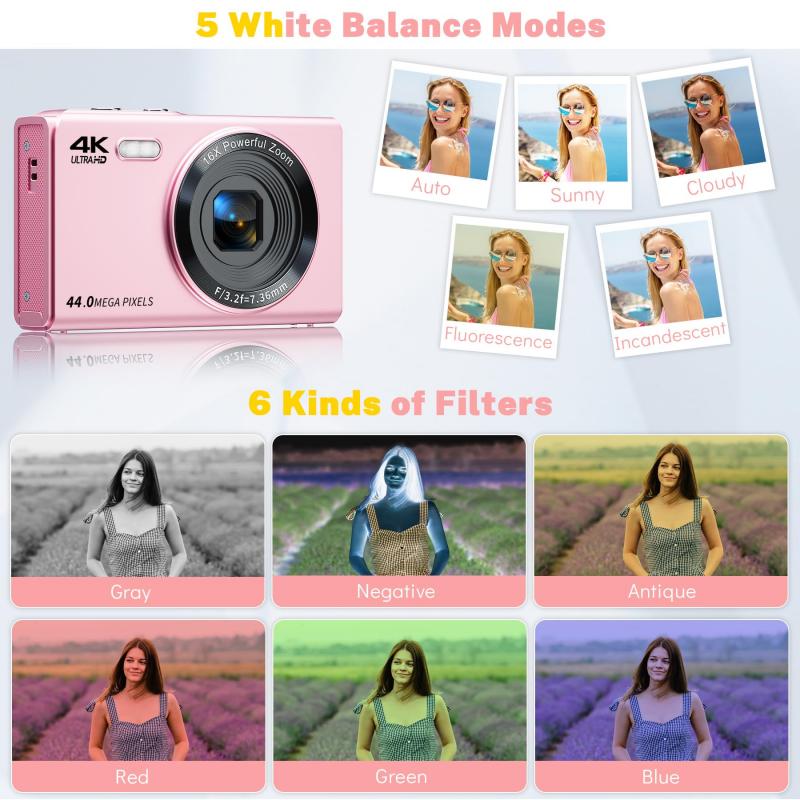
2、 Megapixel count
Megapixel count is one of the most important factors to consider when choosing a digital camera. The higher the megapixel count, the more detail and resolution the camera can capture. However, it is important to note that megapixel count is not the only factor that determines image quality. Other factors such as sensor size, lens quality, and image processing also play a significant role.
In recent years, there has been a shift in focus from megapixel count to other features such as low-light performance, dynamic range, and autofocus speed. This is because many modern cameras now have high enough megapixel counts for most users' needs, and other features have become more important for producing high-quality images.
Low-light performance is particularly important for photographers who frequently shoot in dimly lit environments. Cameras with larger sensors and wider aperture lenses tend to perform better in low light. Dynamic range is also important for capturing detail in both bright and dark areas of a scene. Cameras with higher dynamic range can capture more detail in challenging lighting conditions.
Autofocus speed is another important factor, especially for photographers who shoot fast-moving subjects such as sports or wildlife. Cameras with advanced autofocus systems can track and focus on subjects quickly and accurately.
In summary, while megapixel count is still an important factor to consider when choosing a digital camera, it is no longer the only factor. Other features such as low-light performance, dynamic range, and autofocus speed have become increasingly important for producing high-quality images.
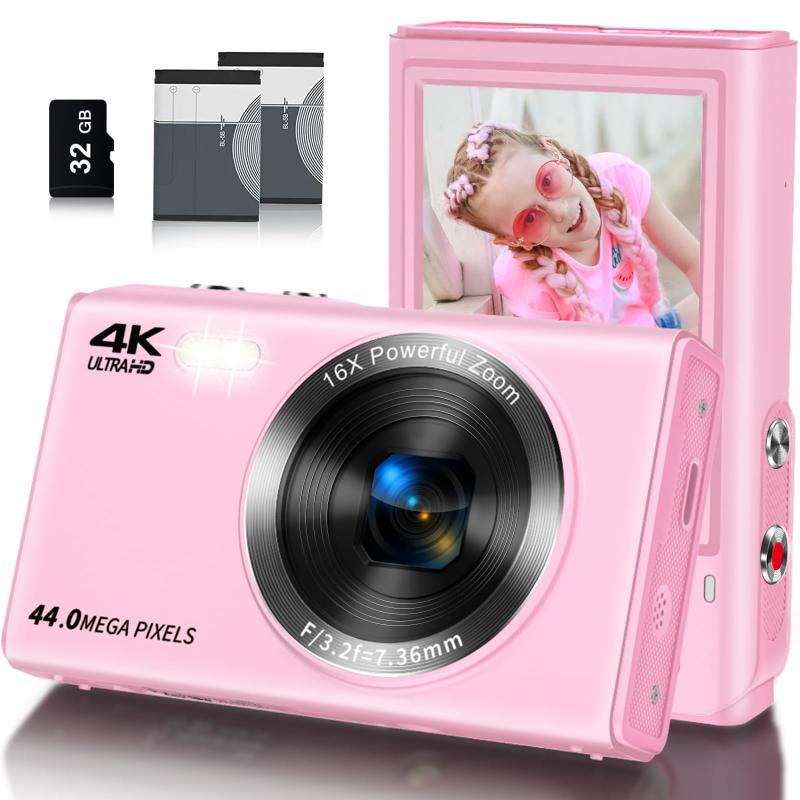
3、 Lens options and compatibility
One of the most important factors to consider when choosing a digital camera is the lens options and compatibility. The lens is the most critical component of a camera, and it determines the quality of the images captured. Therefore, it is essential to choose a camera that offers a wide range of lens options and is compatible with different types of lenses.
When selecting a camera, it is crucial to consider the type of photography you will be doing. For instance, if you are interested in landscape photography, you will need a camera with a wide-angle lens. On the other hand, if you are into portrait photography, you will need a camera with a telephoto lens. Therefore, it is essential to choose a camera that offers a variety of lens options to suit your photography needs.
Another factor to consider when choosing a camera is the compatibility of the lenses. Some cameras are designed to work with specific lenses, while others are compatible with a wide range of lenses. It is essential to choose a camera that is compatible with a variety of lenses to give you more flexibility in your photography.
In recent years, mirrorless cameras have become increasingly popular due to their compact size and versatility. These cameras offer a wide range of lens options and are compatible with different types of lenses. They also offer advanced features such as autofocus and image stabilization, making them an excellent choice for both amateur and professional photographers.
In conclusion, when choosing a digital camera, it is essential to consider the lens options and compatibility. A camera with a wide range of lens options and compatibility will give you more flexibility in your photography and allow you to capture high-quality images. With the latest advancements in technology, mirrorless cameras have become an excellent choice for photographers looking for a compact and versatile camera.

4、 Image stabilization technology
One of the most important factors to consider when choosing a digital camera is image stabilization technology. This technology helps to reduce the effects of camera shake, resulting in sharper and clearer images. There are two main types of image stabilization technology: optical and digital.
Optical image stabilization uses a system of lenses to compensate for camera shake, while digital image stabilization uses software to reduce the effects of camera movement. Optical image stabilization is generally considered to be more effective, but digital image stabilization can be useful in situations where optical stabilization is not available.
When choosing a digital camera, it is important to consider the type of photography you will be doing. If you plan to take a lot of action shots or shoot in low light conditions, image stabilization technology will be particularly important. Look for cameras with advanced image stabilization features, such as multi-axis stabilization or hybrid stabilization, which combine both optical and digital stabilization.
It is also important to consider the size and weight of the camera, as well as its ease of use and compatibility with other devices. Some cameras offer built-in Wi-Fi or Bluetooth connectivity, which can make it easier to transfer photos to your computer or mobile device.
In addition to image stabilization technology, other factors to consider when choosing a digital camera include image quality, lens options, battery life, and price. Ultimately, the best camera for you will depend on your individual needs and preferences, so it is important to do your research and choose a camera that meets your specific requirements.


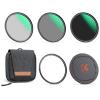





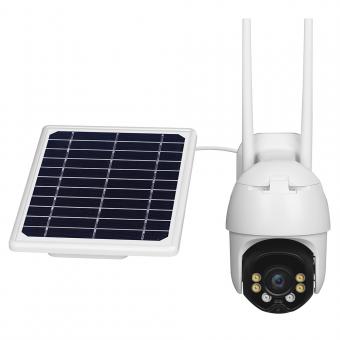
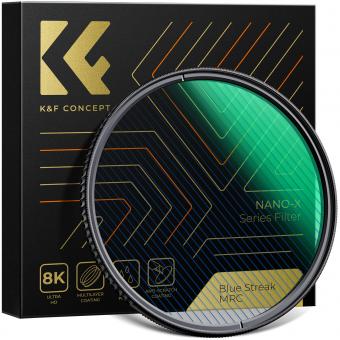


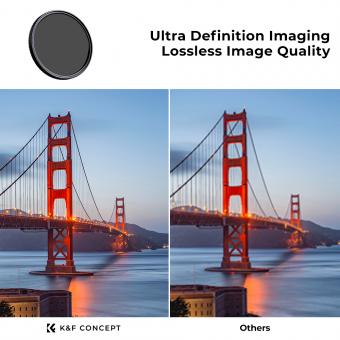
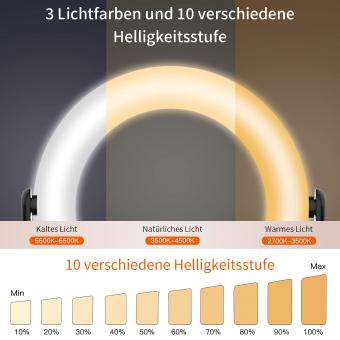

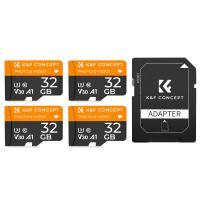



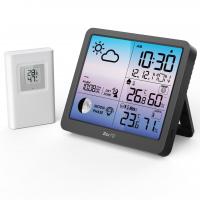


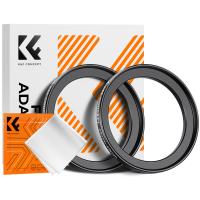
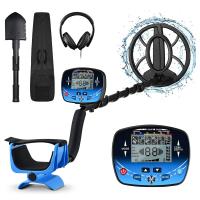
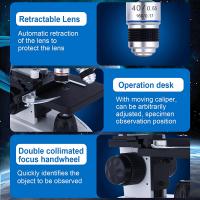
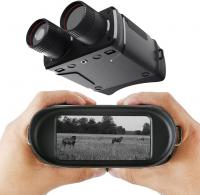


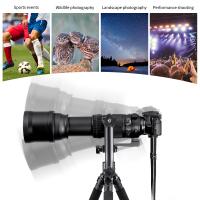
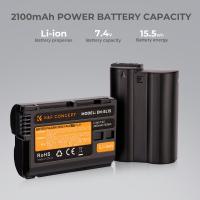

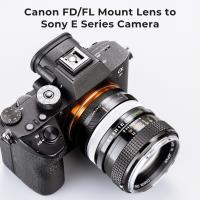
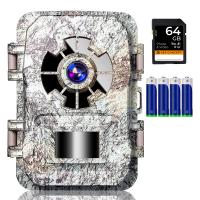
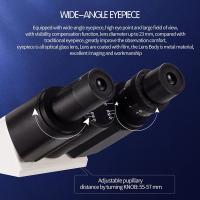
There are no comments for this blog.